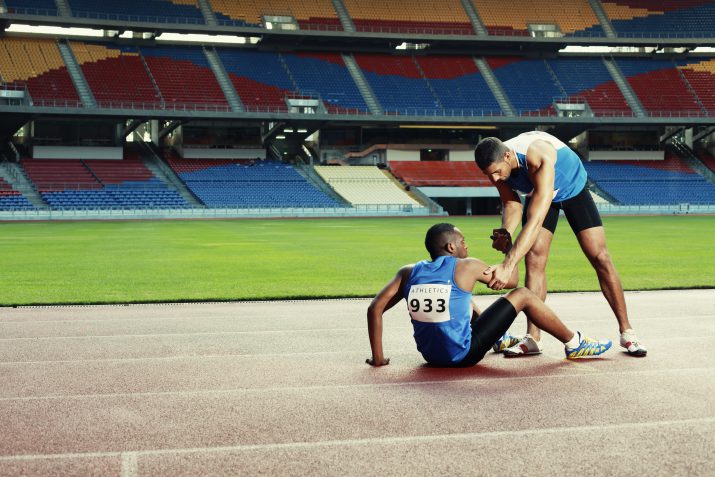Picture the following scene: you are training a client and he or she is doing a set of step ups. Everything is going well until she steps down, trips, and rolls her ankle. It’s not a serious injury, just a minor ankle tweak. Before you have time to suggest a treatment plan, the client asks if you have ice to put on the injury. This happens all too often and I’m sure you have experienced similar circumstances.

What If Everything You Believe About Ice and Injury Isn’t True
In my early years as a trainer I would agree with this client and recommend ice to help treat injuries. But in the last five years or so my thoughts on this have changed dramatically when I was introduced to Gary Reinl on Kelly Starrett’s Mobilitywod.com. Reinl, the author of “Iced: The Illusionary Treatment Option” and the leader of he anti-ice revolution, sums up the facts on treating injuries with ice with the following exert from his book:
“The bottom line is that after forty years of widespread use, there is no peer-reviewed indisputable evidence that icing damaged tissue improves patient outcomes.”
Reinl also has come up with a simple and helpful acronym to replace the decades-old and now irrelevant R.I.C.E. (Rest Ice Compression Elevation) – ARITA (Active Recovery Is The Answer). Active recovery is the practice of loading the muscles through light movement with the absence of intensity that will further damage the tissue.
I now personally incorporate this strategy for client injuries and my own personal setbacks. My favorite active recovery mode is simply riding the Air Assault or row machine at a low intensity. I have also had similar luck using bands, electric muscle stimulation machines, and light even free weights.
The natural tendency when you are dealing with a minor injury is to do nothing. But when we don’t move, we won’t get the necessary blood flow to the affected area, and the swelling that wreaks havoc with the injured tissue won’t go away. Next time you have a client that is dealing with a minor injury keep ARITA in mind.



